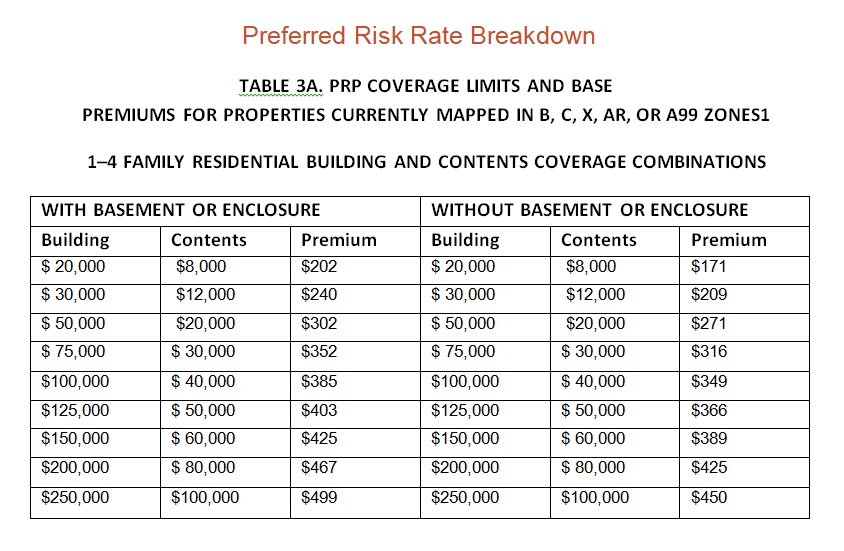
“Under the legacy rating system, policyholders did not receive premium decreases,” said David Maurstad, who runs FEMA’s National Flood Insurance Program. “They’ve also done a pretty evil job in my opinion on how they sold it by saying that the people who will see an increase will only see so much more a month.”įEMA said its new policy will allow residents to no longer pay more than their share in flood insurance premiums based on the value of their homes. “FEMA has not released any clear data other than the percentage of people who will see an increase and decrease,” Bourgeois said. More: Flood-prone residents stuck with costly, difficult decisions Federal government’s new rating system causing higher flood insurance billsįEMA’s Risk Rating 2.0 system is poised to drive up flood insurance costs in a big way, said Dwayne Bourgeois, North Lafourche Levee District executive director. Previous coverage: Heavy rain leads to flooding in Terrebonne and Lafourche “They want to charge me $3,500 for a house in an area that has never flooded,” she said. Houma resident Michelle Pellegrin said she just can’t afford the new flood insurance costs. Paying $4,000 for something I hope I never use, that gives me no return for not using it, and that I’ll just have to pay again the following year is crazy.” If I never use it, I’ll have a nice little nest egg when I retire in 25 years. And I’ve got a really good job, so if I really wanted to, I could pay it, but I’d rather dump $5,000 a year in a money market account and self-insure in case of flood. The private insurance quote that I got came back at almost $14,000.

“I moved eight miles to Caro Estates and now I’m looking at least $3,800.


“I was paying $575 when I lived in Highland Oaks,” the Houma resident said. In Florida, Key Biscayne will see flood rates as high as $7,000 annually on average.Watch Video: Housing Q&A: A panel discussion on NJ and federal flood assistance, relief and insuranceĬhris Prejean said he received an unpleasant surprise when he got his flood insurance quote. While many sites’ flood premiums are rising, many have also dropped under RR 2.0.īut elected officials have heard from constituents whose rates have spiked.įlood rates in Houma, Louisiana, southwest of New Orleans, will see the average premium increase from $982 per year to $3,511, according to ZIP-code data released last month by FEMA. The new rating system is designed to be more fair and more precise, and to use a range of factors, not just a property’s location near a flood zone, advocates have said.

Since Risk Rating 2.0 began going into effect in October 2021, some homeowners in coastal states have reported soaring flood insurance premiums. District Court for the Eastern District of Louisiana, alleges FEMA violated its statutory authority by using secret hypothetical events to develop and implement Risk Rating 2.0 while failing to communicate its rating methodology to the public. “Risk Rating 2.0 flood insurance policy has now become a natural disaster of its own,” Landry said. Louisiana Attorney General Jeff Landry unveiled the lawsuit at a press conference in New Orleans on June 1, the official start of hurricane season.


 0 kommentar(er)
0 kommentar(er)
